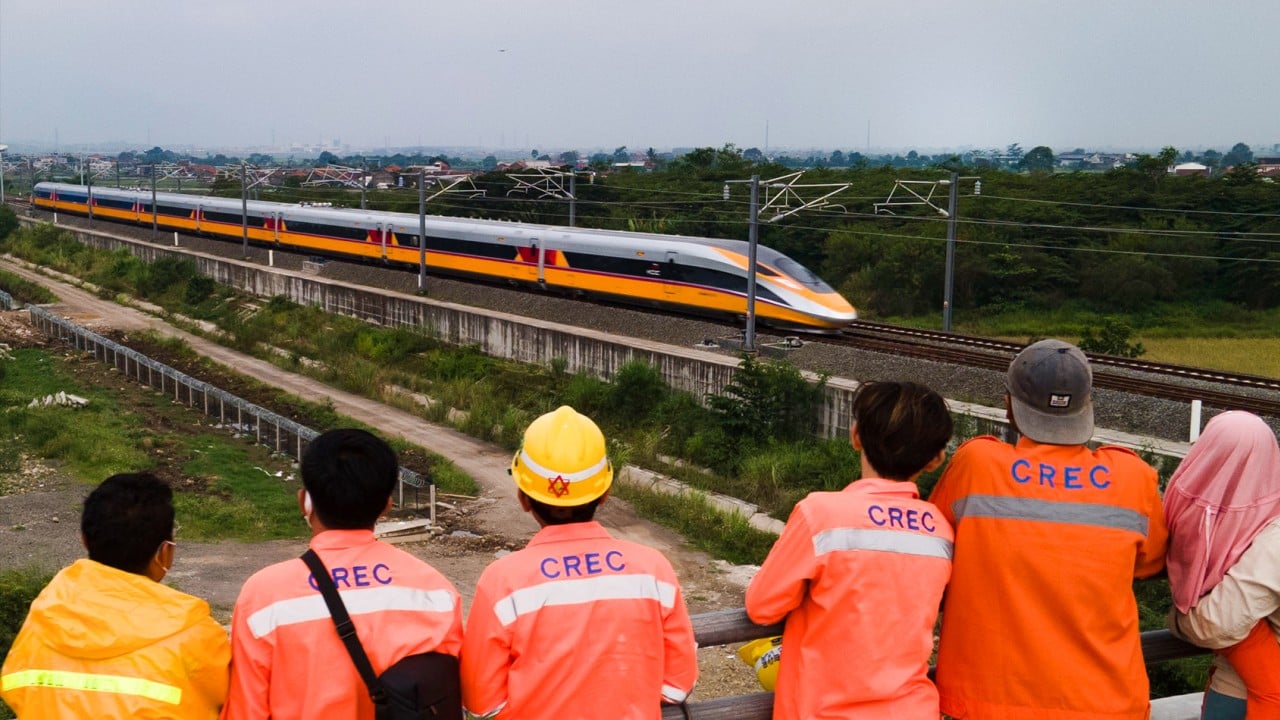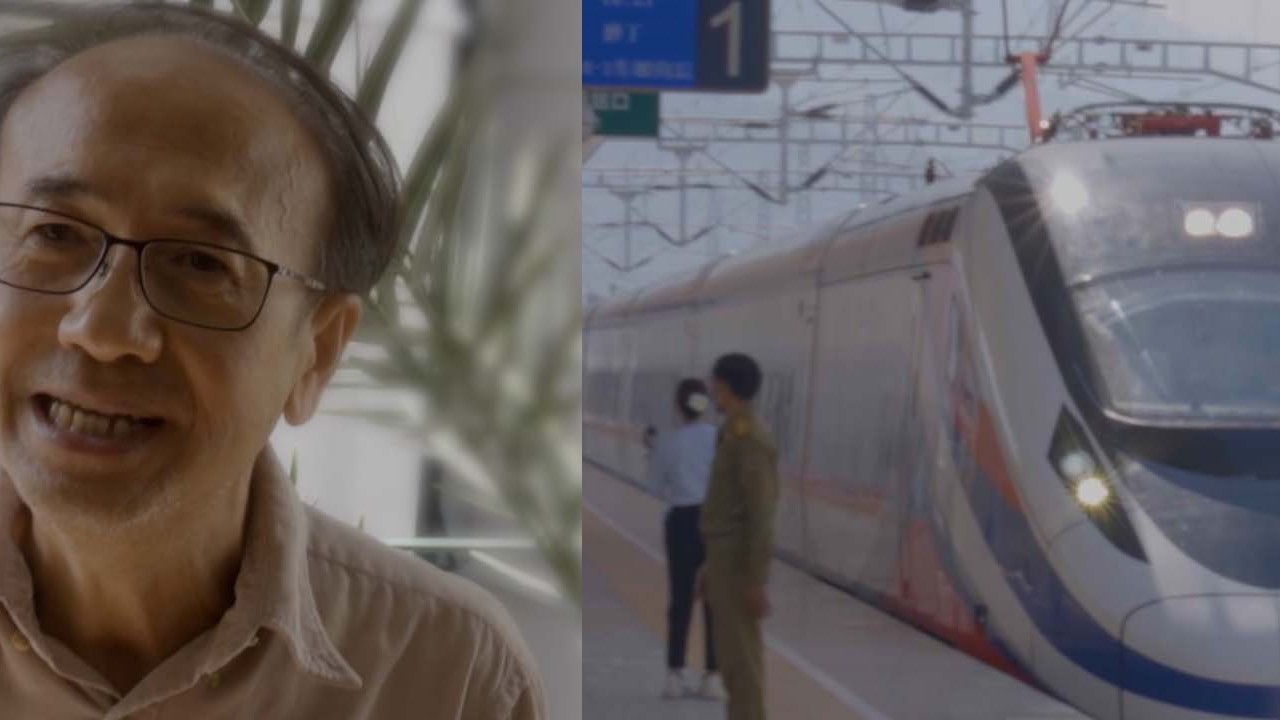
Debt fears could hobble China’s belt and road plans in Asean, economists warn
- Belt and road investments may not rebound quickly to pre-pandemic levels as Asean governments grow more wary, Maybank report says
- Nearly 60 per cent of China’s overseas loans now held by countries considered to be in financial distress, report points out
The post-pandemic recovery might not be as strong as hoped for, Maybank economists warned in a recent report, though they projected an uptick in Chinese infrastructure and construction investments in the region.
The initiative, often viewed as President Xi Jinping’s signature project, was launched in 2013 with the aim of boosting trade and connectivity, and showcasing China’s global ambitions.
Chinese officials recently said it had brought in nearly US$1 trillion in investments for partner states, created 420,000 local jobs and helped lift almost 40 million people out of poverty in its 10 years of existence.
Southeast Asia has long been among the key beneficiaries of the initiative. According to the Maybank report published last week, China’s investment and construction contracts in the region peaked in 2018 at about US$31.8 billion, before declining for the next three years.
As the pandemic raged on and businesses were unable to reach deals, investments in 2021 clocked a record low of US$10.8 billion.
However, they recovered by 72 per cent last year to US$18.6 billion, including contracts in hard infrastructure such as energy, railways and roads, and sectors like technology, finance and real estate.
Key projects included a joint venture between Chinese state-backed PowerChina International and Thai energy conglomerate Bangchak Corporation, to build a US$1.5 billion wind farm in Laos.
Asean countries that saw a post-pandemic surge in belt and road investments included Indonesia, with Chinese companies actively investing in its mining sector, the report noted. The Chinese state-owned Silk Road Fund also pledged to invest up to 20 billion yuan (US$2.9 billion) in Indonesia to boost economic connectivity.
However, possible obstacles loom, the Maybank economists warned.
“There is growing hesitancy to accept China’s money as countries are more wary of China’s growing power and influence in the region,” they wrote.
The report pointed to a February survey by Singapore’s ISEAS-Yusof Ishak Institute, which showed that 64.5 per cent of respondents in Southeast Asia were worried about China’s growing influence. This was particularly true for Vietnam, Thailand, and the Philippines.
In countries like Cambodia and Laos, the forced relocation of rural communities to pave the way for belt and projects has also sparked some discontent, presenting a potential sticking point.

Rising interest rates and soaring inflation had left some Southeast Asian nations facing sharper debt risks, which could jeopardise China’s investments in the region, the Maybank report said.
Nearly 60 per cent of China’s overseas loans were now held by countries considered to be in financial distress compared to just 5 per cent in 2010, it pointed out.
In Laos, for example, public and publicly guaranteed debt owed to China was 27.8 per cent of the country’s GDP in 2021.
A shift in approach from Beijing might also affect money flows, according to Yue Su, principal economist at the Economist Intelligence Unit.
Beijing had become more risk-averse against the backdrop of a worsening geopolitical environment, Yue said. This would reflect on its Asean belt and road plans, which were unlikely to match pre-pandemic levels.
However, she was optimistic that Southeast Asia would continue to attract investment by both Chinese state-owned enterprises and private companies.
“China seeks to strengthen connections with Asean … integrate into the supply chain and also tap into the opportunities present in the market,” she said.
Countries like Indonesia and Thailand would continue to be top destinations for belt and road investments, given the former’s strong mining and energy sectors and the latter’s competitive edge in carmaking.
“Chinese companies will also seek opportunities to promote cross-border e-commerce, as Beijing tries to maintain [its] share of [global] manufacturing and trade. We expect increasing investment in logistics and warehouses,” Yue said.
In Beijing, Chinese lawmakers marked the 10th anniversary of the belt and road as they met for key annual parliamentary meetings earlier this month.
Emphasising China’s commitment to the initiative, they said it had helped the country to open up to the outside world and gain access to global resources.
“We will advance the high-quality development of the Belt and Road Initiative,” read an annual plan tabled at the National People’s Congress, China’s top legislature.
“We will make further headway in working together to build ‘small but beautiful’ projects along the belt and road, launch a batch of signature projects, and enhance international cooperation on production capacity and third market cooperation,” the National Development and Reform Commission plan said.
Yue at EIU said the plan was an indication that the initiative would be boosted, with expectations that China would soon announce several new investment and loan promises.



